Leica in 2024: One of Leica’s Busiest (and Most Profitable) Years Ever
![]()
While Sigma absolutely earned its title of PetaPixel‘s Photo Company of the Year in 2024, legendary German photo company Leica was not far behind. Leica was not only prolific across multiple camera system segments, but the company posted the highest revenue in its 110-year history.
Four New Cameras, Each From a Different System
Leica operates across a diverse range of segments. The company has its full-frame SL series interchangeable lens mirrorless cameras, M-mount rangefinders, premium all-in-one cameras (Q series), and even point-and-shoots (D-Lux). All four of these series were updated in 2024. Sure, we didn’t get a new V-Lux, C-Lux, or TL camera this year, but none of those have been refreshed since 2019 at the most recent (V-Lux 5).
Leica kicked off its busy year of new cameras in May with the Leica SL3. This full-frame L-Mount camera was the best high-res choice within the L-Mount system at launch and remains so today since neither Sigma nor Panasonic released a high-res camera this year.
The very good SL3 has Leica’s trademark build quality, excellent image quality from its 60-megapixel sensor, and mostly effective phase-detect autofocus. PetaPixel‘s Senior News Editor Matt Growcoot picked it as one of his favorite pieces of gear of 2024, and with good reason. The Leica SL3 is a Leica camera through and through, and that’s never a bad thing — even if it often comes at a cost (literally, it’s a $7,000 camera).
Just a few weeks later, Leica made headlines again by capitalizing on the current compact camera trend with the D-Lux 8. Arriving more than five years after its predecessor, the D-Lux 8 didn’t change much on the inside. It still sports the same 21-megapixel Micro Four Thirds CMOS sensor (only 17 of which are used to capture photos, by the way) and 24-75mm f/1.7-2.8 equivalent lens.
However, on the outside, things are significantly different. The D-Lux 8 ditches the 7’s design language in favor of cribbing Leica’s recent Q3 camera. The D-Lux 8 not only looks like a Leica Q, but it also has Q-like controls and a new user interface.
“You could cynically look at the D-Lux 8 as a relatively minor upgrade to an old camera that just seeks to cash in on the trendy resurgence that anything older is automatically cool again,” Chris Niccolls writes in PetaPixel‘s D-Lux 8 Review. “And you would be absolutely right. But I did have a serious case of Deja Vu using the D-Lux 8 and the memory that it brought back was a fun one.”
“Kudos to Leica for jumping on the bandwagon and hopefully inspiring other companies to do the same,” Niccolls concludes.
The Leica Q series received more love this year than just the D-Lux 8’s homage. Leica announced the Q3 43 in September, bringing a new APO-Summicron 43mm f/2 ASPH lens to the very popular 60-megapixel Q3 premium all-in-one camera. The only thing that changed is the lens, but that’s not a bad thing — not at all.
“I wish the camera was updated even a little bit, but I have to admit that I had more fun with the 43mm lens than I did with the previous Q3; and I really had fun with the previous Q3,” Niccolls writes in his Q3 43 Review.
The fourth Leica camera launched in 2024 is also a different spin on an existing product. Much like the Q3 43 takes the core of the Q3 and changes how it is used, the Leica M11-D offers the same core imaging capabilities of the Leica M11 released in 2022. However, the M11-D does so without any displays. This is a digital camera that embraces the analog experience.
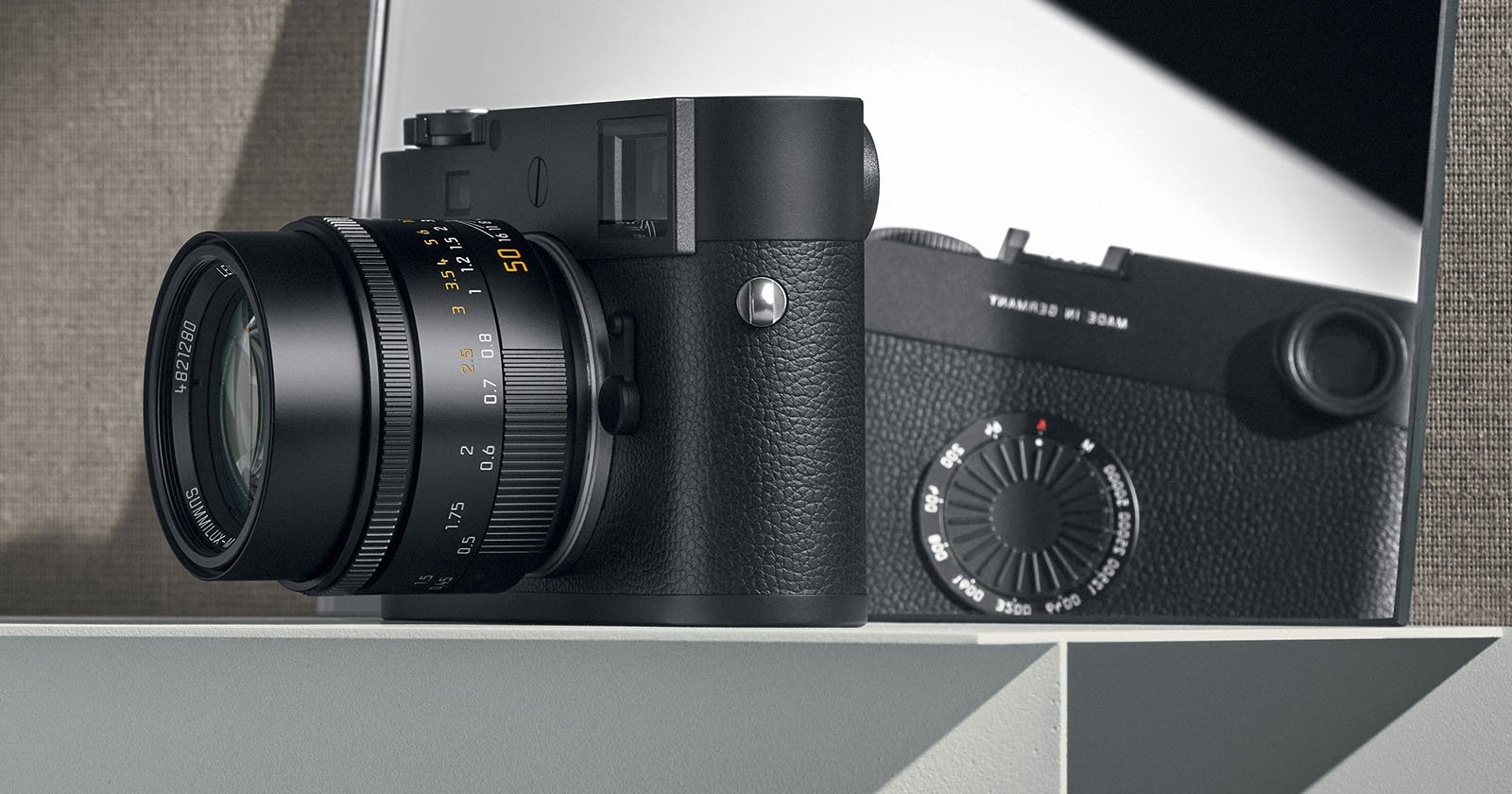
This isn’t the first time Leica has done this — the company launched display-less digital cameras in 2014 (M Edition 60), 2016 (M-D), and 2018 (M10-D).
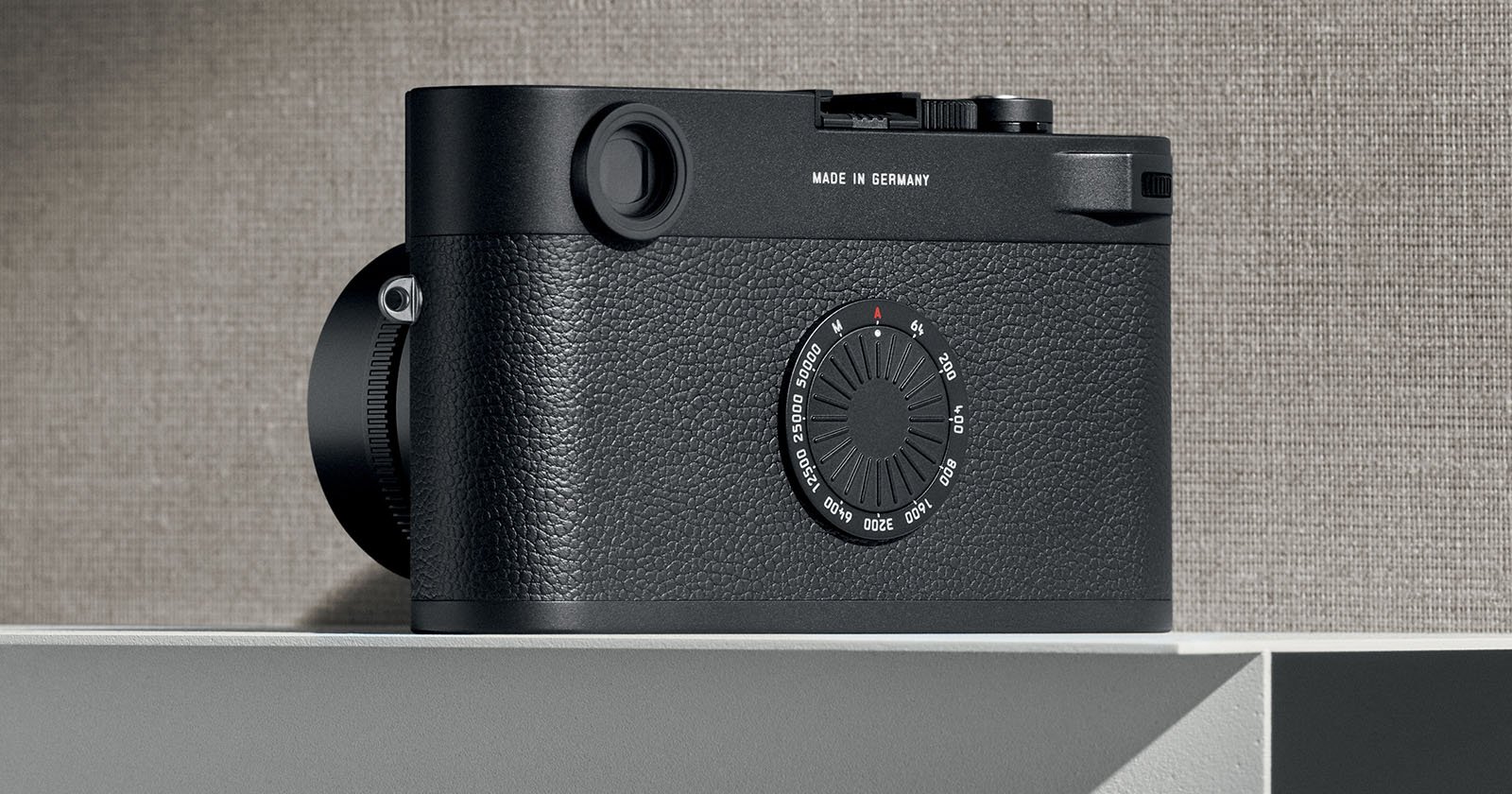
“With each new display-less digital camera, some photographers roll their eyes while others rub their hands together in anticipation. That’s just how it goes with much of Leica’s offerings — those who are into what the legendary German company does are really into it, while those who aren’t definitively aren’t,” PetaPixel wrote in September when Leica announced the M11-D. It’s as accurate now as it was then.
Just a Single New Lens
While Leica was very busy this year with new cameras, the company was unusually quiet in terms of new optics. While Leica released six new lenses last year, including four L-Mount lenses and two M-mount ones, only one new lens arrived in 2024: the Leica Vario-Elmarit-SL 70-200mm f/2.8 ASPH.
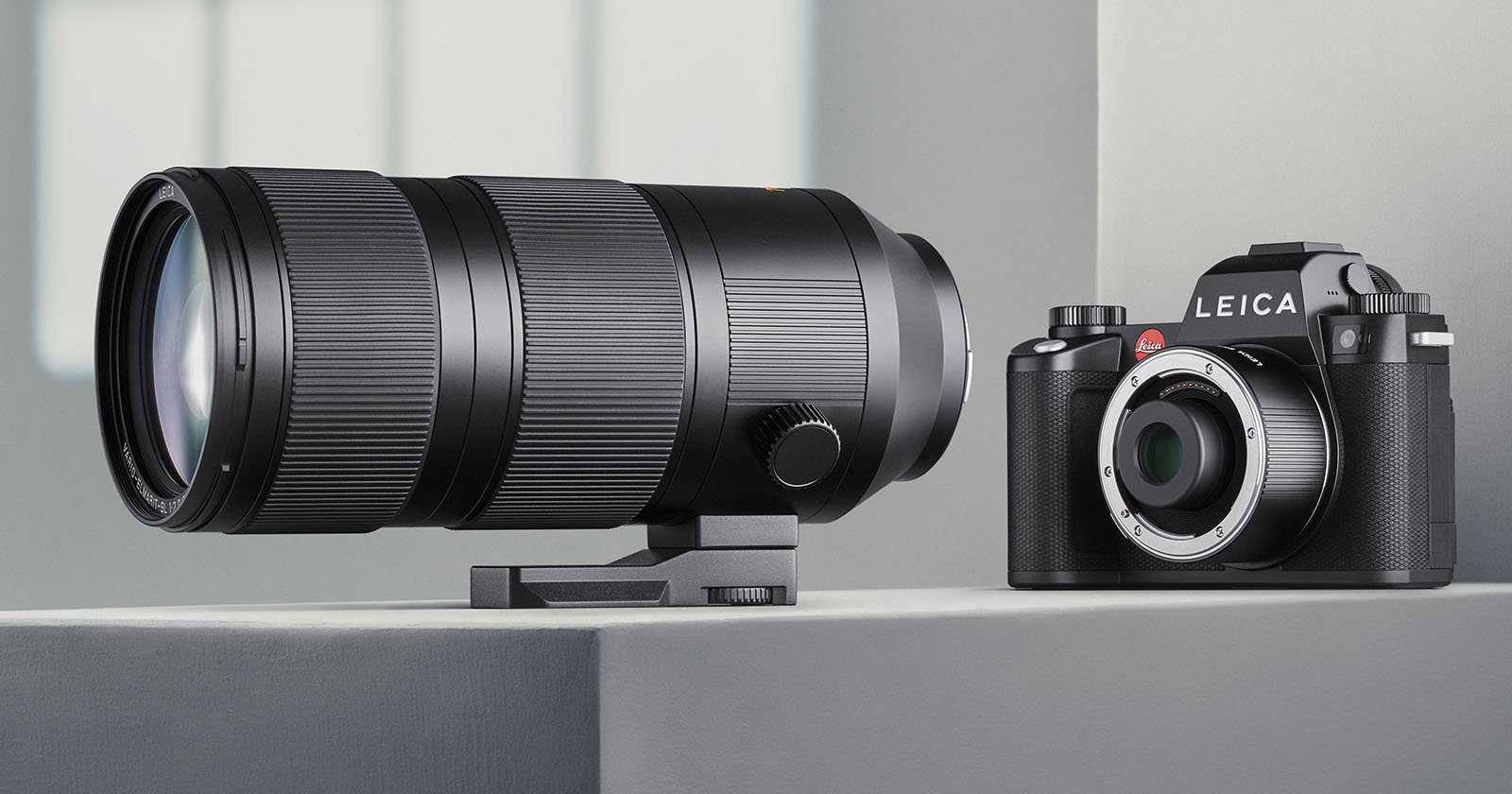
The new lens completes Leica’s f/2.8 SL zoom trifecta, joining the Super-Vario-Elmarit-SL 14-24mm f/2.8 ASPH and Vario-Elmarit-SL 24-70mm f/2.8 ASPH. Like those lenses, astute photographers may notice that Leica’s f/2.8 SL zooms are pretty similar to Sigma’s lenses, which are also available for L-Mount, of course. The new Leica zoom is basically a custom-tuned version of the Sigma 70-200mm f/2.8 DG DN OS Sports with Leica’s styling.
Alongside this lens, Leica announced a new 2x teleconverter, too. It also seems like a Sigma design inside a Leica case, by the way, albeit at more than twice the price.
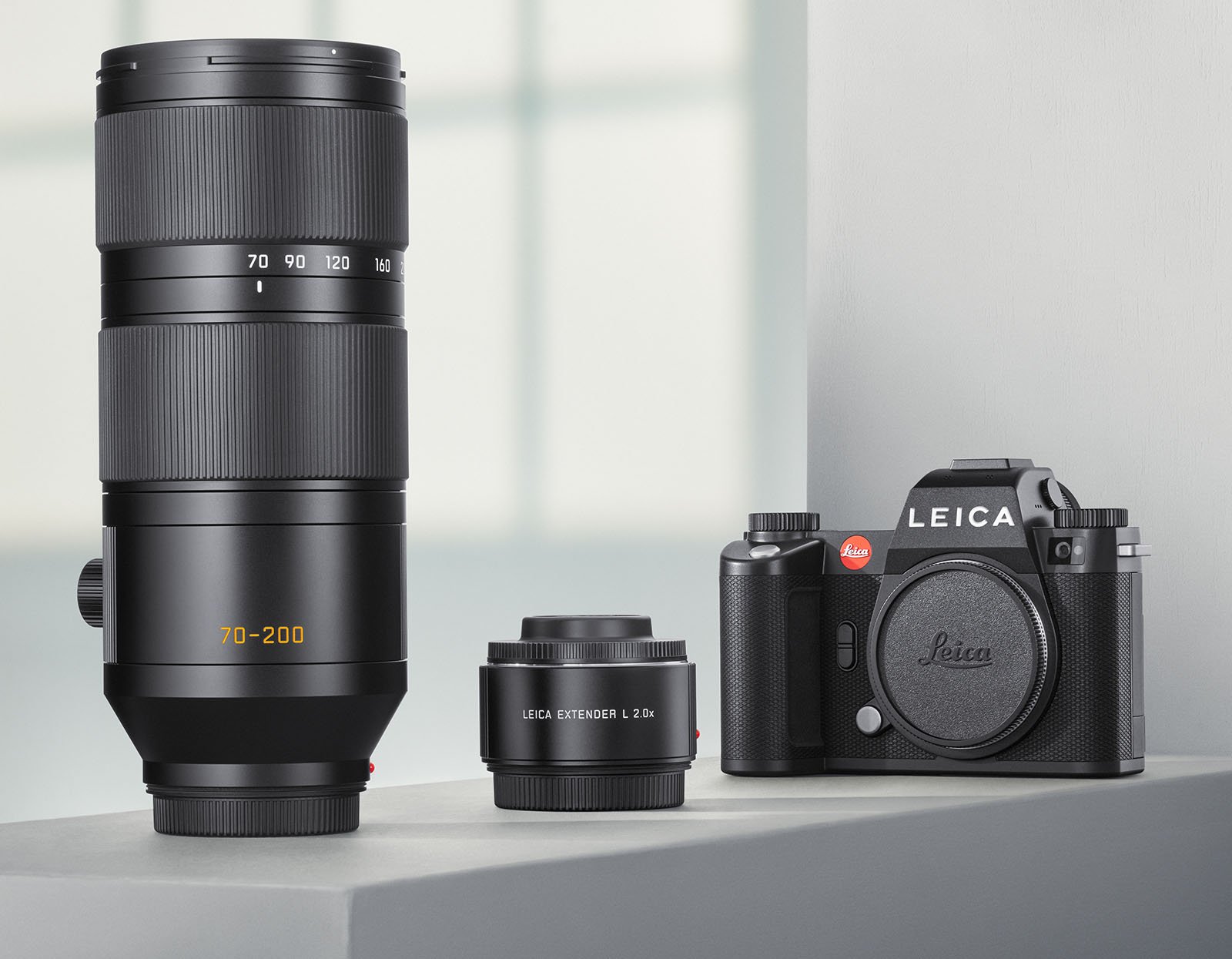
Other Leica News in 2024
There was other interesting Leica news this year. The company is not only celebrating its 110th anniversary but also the 70th anniversary of the Leica M camera. To celebrate the occasion, Leica announced glossy black paint editions of its Leica M11 digital rangefinder and Noctilux-M 50mm f/1.2 ASPH lens.
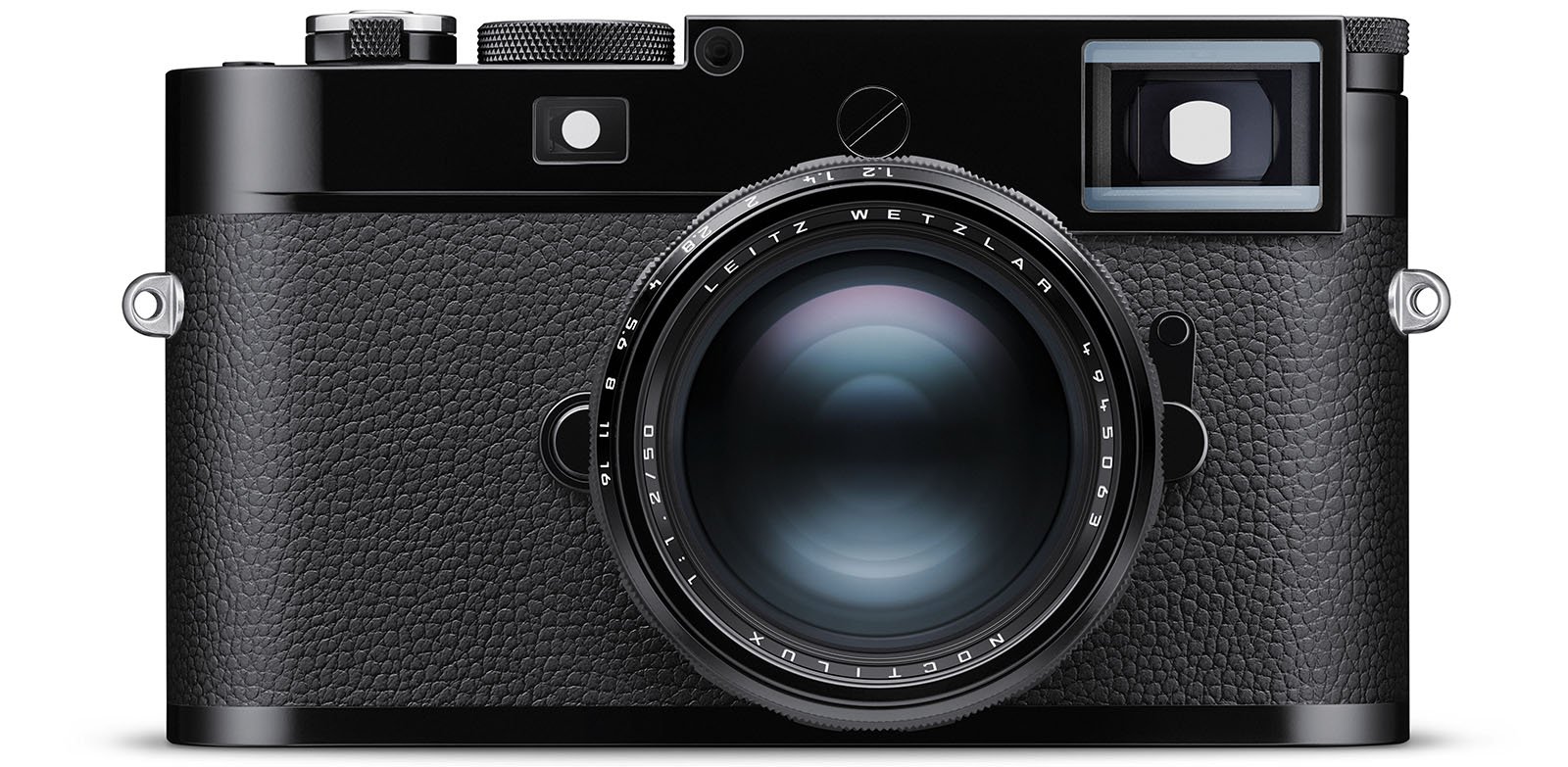
Leica also announced the Leica M Edition 70 film camera in October to celebrate M’s birthday. This “unique collector’s item” is limited to just 250 copies worldwide and sets well-to-do Leica enthusiasts back $23,000. The camera comes with a Leica APO-Summicron-M 50mm f/2 ASPH lens, at least, softening the blow to the bank account ever so slightly. It is undoubtedly a beautiful analog rangefinder camera.
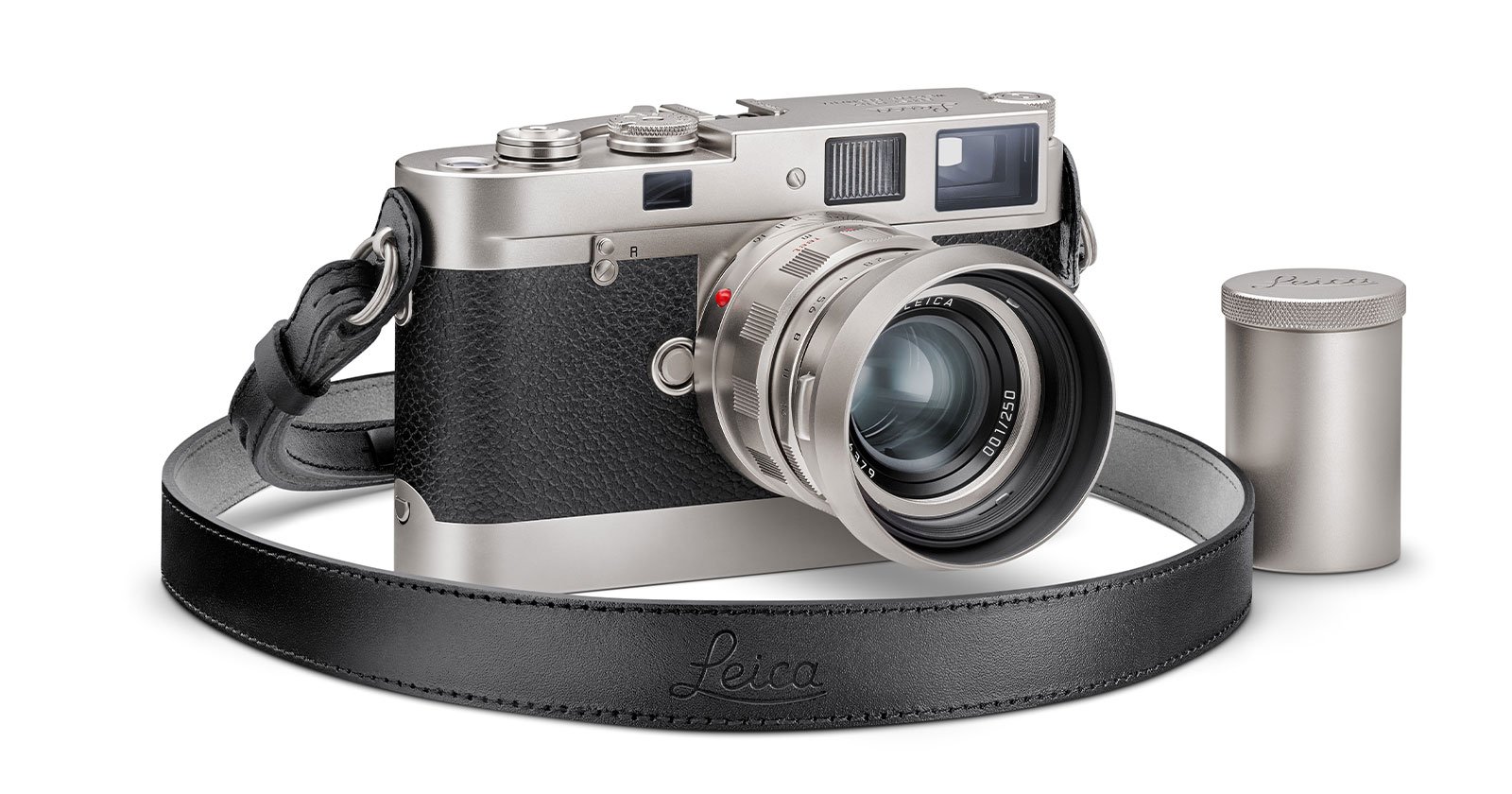
Older Leica cameras made headlines in November for selling for wild sums. A one-of-a-kind Leica IIIg prototype camera sold at auction in China for nearly $3.8 million.
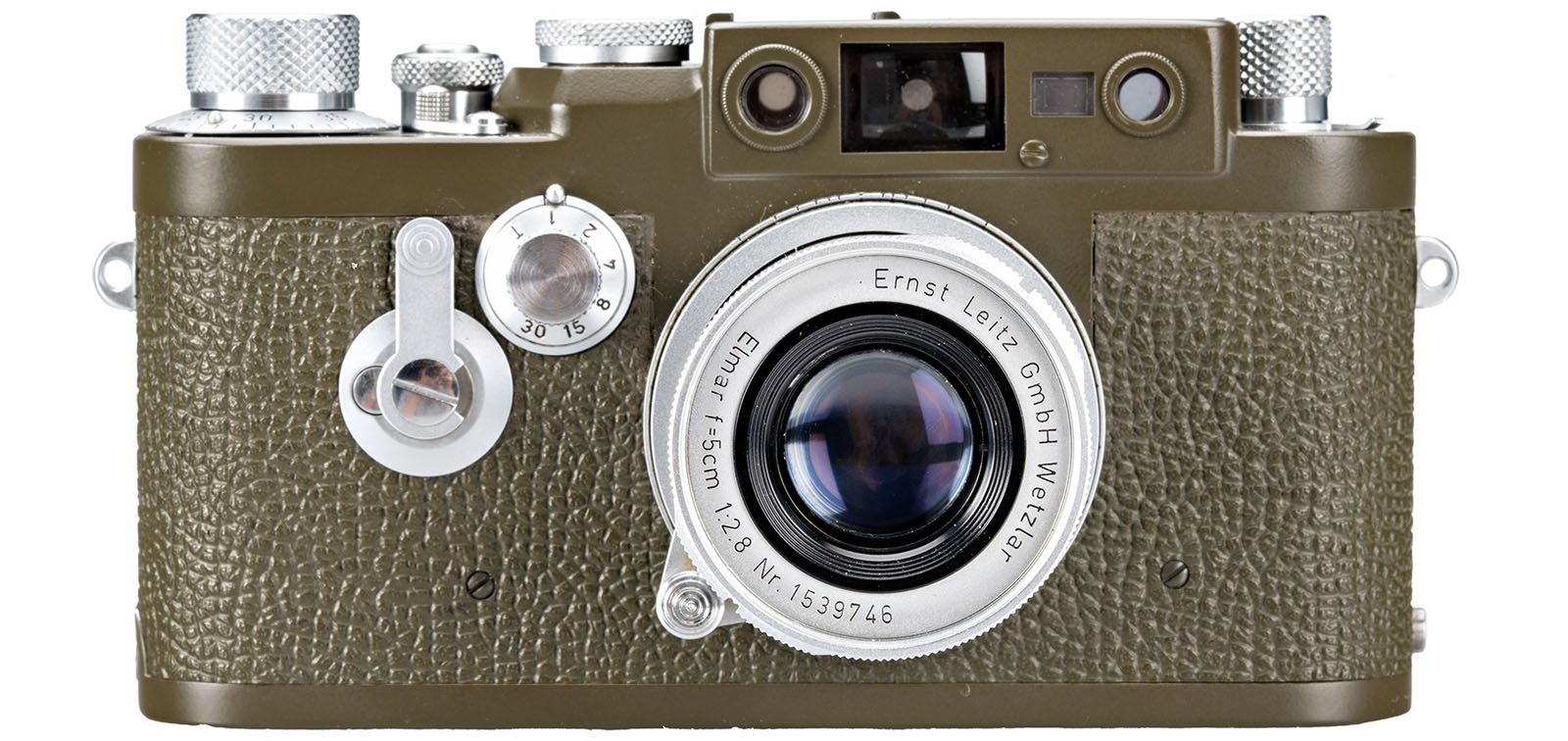
And in Vienna, another Leica prototype, a Leica M, sold for $2.14 million.
Although not a Leica-made product, accomplished photographer Hugh Brownstone and his friend, architect and passionate photographer Ed Palisoc, teamed up to create the incredible He3 handgrip for the Leica Q3. It’s a fantastic grip, and it proved so popular that Brownstone and Palisoc launched a version for the Q2 just a few months later, with more grips potentially in the works.

Grading Leica in 2024
We love lenses here at PetaPixel, so it’s a little disappointing Leica didn’t launch additional glass this year. However, Leica did something with all four of its active camera lines, and that’s very impressive. Leica marches to the beat of its own drum, and it banged that drum forcefully in 2024.
Grade: B+
Image credits: Featured image created using an asset licensed via Depositphotos.